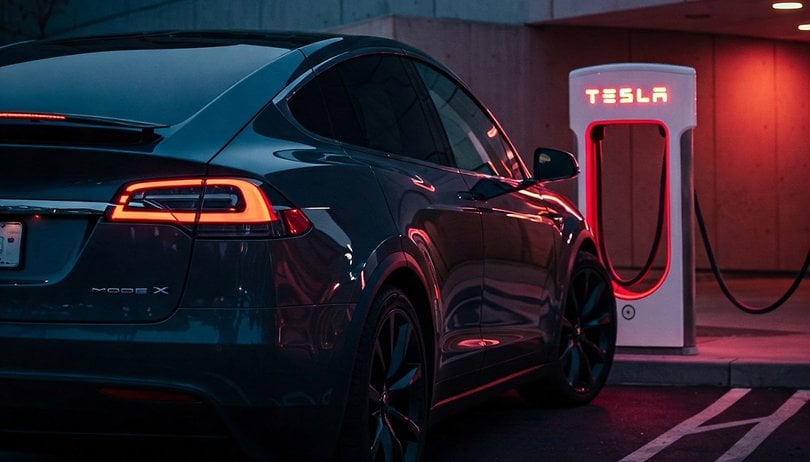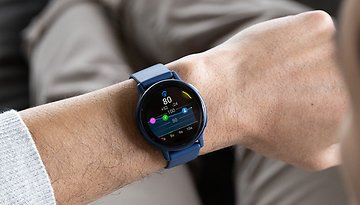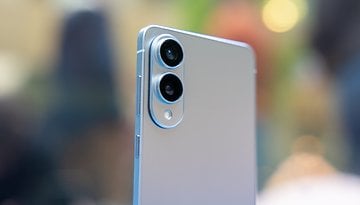Dynamic or Disruptive? Tesla’s New Supercharger Rates Ignite Debate


Read in other languages:
Tesla has long relied on a pricing model that is intended to promote even utilization of its Supercharger charging stations. A new method for calculating the price of charging power further reinforces this approach.
Charging an electric car's battery is a much longer process than traditional refueling. Peak times, when many owners want to charge their battery electric vehicles at the same time, can, therefore, quickly lead to undesirable restrictions.
Tesla has been trying to resolve this problem for some time now. Initially, additional charges were introduced if a vehicle blocked a charging station even though the charging process had been completed.
Tesla has been using staggered prices since 2020
Since 2020, Tesla has been adjusting prices depending on the time of day. In Germany, a kilowatt hour currently costs €0.51 between 4 p.m. and 8 p.m. and €0.58 outside this period. Prices can also vary depending on the charging point.
Now comes further flexibilization. Tesla is testing a pricing model in the USA, the costs of which are based on the actual utilization of the respective charging points. The utilization of the charging points is recorded in real time, and the prices are continuously recalculated based on this data. If this pilot test is completed, the new calculation method will likely be introduced across the board, not only in the USA but also in Europe.
Load balancing instead of a hidden price increase
However, the provider emphasizes in a message on the X news service that the average price will not change overall despite this dynamic. In addition, users do not have to worry about price changes during the charging process. The price displayed at the beginning applies for the entire duration of the charging process. So if you can charge flexibly in terms of time, you can fill your e-car's energy storage system more cheaply. However, it would be desirable for the current prices to be displayed promptly in the vehicle so that users could switch to another provider if in doubt.
Tesla likes to point to its very low prices, which are said to be up to 30 percent lower than those of the competition for fast charging with direct current (DC). However, the competition has caught up. Even though the Supercharger columns are still among the cheapest electricity suppliers, there are now numerous alternatives with similar conditions, as our analysis shows.













